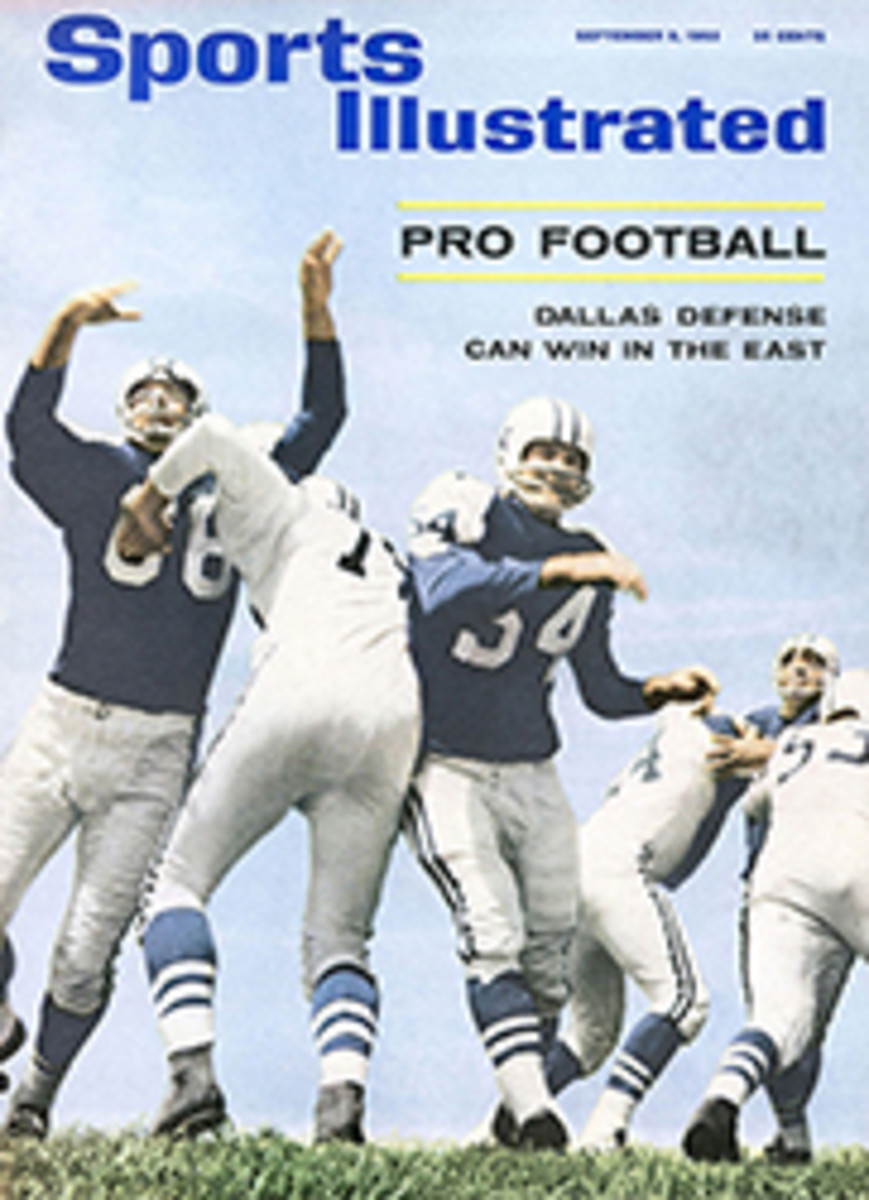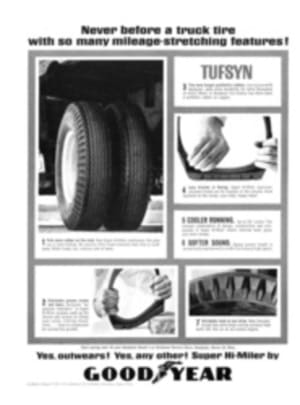
An inventor takes the kick out of shooting
The most troublesome problem faced by shooters today, particularly those who enjoy trap and skeet shooting with a shotgun and target shooting and big game hunting with large-bore rifles, is recoil. When a firearm is discharged, the vast energy (in the form of gases) unleashed by ignition of the cartridge not only sends the bullet or shot charge out of the barrel but also creates an opposite force that drives the gun violently rearward. The recoil thrust passes through the gun and slams into the shooter's shoulder and cheek, often producing a bruising shock.
A shooter sensitive to recoil—and many are—tends to anticipate the kick of a gun by flinching, thus interrupting his concentration on the target. In repetitive firing over a short period, such as in trap and skeet competition, a shooter may have an uncomfortable time.
Relief is now in sight and within range of most shooters' pocketbooks. Ralph O. Hoge, 54, an inveterate Hollywood inventor and an occasional motion picture director, has designed and patented Hydro-Coil (above), an ingenious recoil-absorbing device that actually cuts recoil by as much as 85% and reduces the powerful kick of a shotgun or rifle to a nudge.
Several other attempts have been made to curtail the punishing effect of recoil on the shooter, among them rubber pads on the butt end of the stock and heavily padded shooting jackets. Many a shooter too proud to admit being sensitive to recoil has furtively slipped a piece of foam rubber under his shirt. To a degree, venting gas off at the muzzle and near the chamber has helped to reduce recoil. But none of these devices have proved as effective as Hydro-Coil.
Hoge got the idea while working on a shock absorber for movie cameras six years ago. Basically, Hydro-Coil is a hydraulic system that utilizes air and oil, yet functions in much the same way as an automobile shock absorber. Hydro-Coil is installed inside the gun stock and then covered with a sleeve that incorporates the butt plate and comb of the stock. The gun recoils inside this unit, and the Hydro-Coil device absorbs most of the force before it reaches the shooter's shoulder and then spreads out the remaining kick over a longer period of time (actually a few thousandths of a second). Instead of being punched immediately by the recoiling gun, the shooter feels only a gentle push.
Cycolac stocks
Until this year Hydro-Coil could be installed only on a custom basis in wood stocks. Well-informed shooters who could afford it paid $180 to have Hoge's talented gunsmith, Ed Sowers of Van Nuys, Calif., install the device in their own stocks. For an even higher price—$265 and up—Sowers installed Hydro-Coil in a new wood stock with matching forearm and included the shooter's particular stock dimensions, as well as his choice of checkering, carving and engraving.
But now shooters bothered by recoil can get Hoge's new $80 Hydro-Coil unit. This unit, which can be installed easily by a competent gunsmith, comes with a stock and matching forearm of Cycolac, a high-impact plastic that is virtually indestructible and will not warp even under extreme climatic changes. The shooter can choose either a combination field and skeet stock or a trap stock with a higher comb. For an additional $25 he can buy an extra comb to convert a skeet and field shotgun into a trap gun. The Cycolac Hydro-Coil stocks come in two colors: dark walnut and ivory.
Cycolac Hydro-Coil kits for two 12-gauge slide-action Winchester shotguns, the Model 12 Monte Carlo Trap and the Model 12 Skeet, are now available from Winchester-Western's New Haven, Conn. factory and from Hydro-Coil, Inc., Van Nuys, Calif. Winchester, which has been interested in Hydro-Coil for several years, also has an exclusive firearm manufacturer's franchise to sell new Model 12s equipped with Hydro-Coil. The guns sell for $227.50 each, the same price as a new Monte Carlo Trap gun with walnut stock and without Hydro-Coil.
Next month Cycolac Hydro-Coil kits will be available through sporting goods shops for three other 12-gauge shotguns—Browning's Superposed over-and-under, and Remington's Model 870 slide action and Model 58 automatic—as well as for Remington's Model 742 automatic rifle. Shooters who require various stock measurements will be able to get the Cycolac stocks altered with Hoge's compact stock bender, which he will sell to gunsmiths starting next month. Equipped with a powerful heating unit, the stock bender fits around the pistol grip of the Cycolac stock. By heating the plastic until it is pliable, a gunsmith can raise, lower or turn the stock in or out.
If Hydro-Coil does a satisfactory job of reducing shotgun recoil, it does a sensational one on powerful big-bore rifles like the 338, 375 and 458 magnums, which deliver a much more violent punch to the shooter. Hoge expects to manufacture Cycolac Hydro-Coil stocks for several popular big-game rifles by the end of the year.
For the occasional shooter, or the competitive shooter who fires steadily for hours, Hydro-Coil should be a welcome relief. It will appeal immediately to trap and skeet shooters, particularly youngsters, women and elderly people who suffer most from the shock of recoil. It probably will be accepted even by stubborn shooters who silently endure recoil on the range and then proudly wear their black-and-blue marks afterwards.
Orders are already pouring in, but Hoge is not sitting back. He is perfecting his latest invention—a butter-dispensing machine. "No hands will touch the butter," says Hoge. "You just push a plunger and a pat of butter drops onto the plate." Next year it will be butter instead of guns.
ILLUSTRATION

